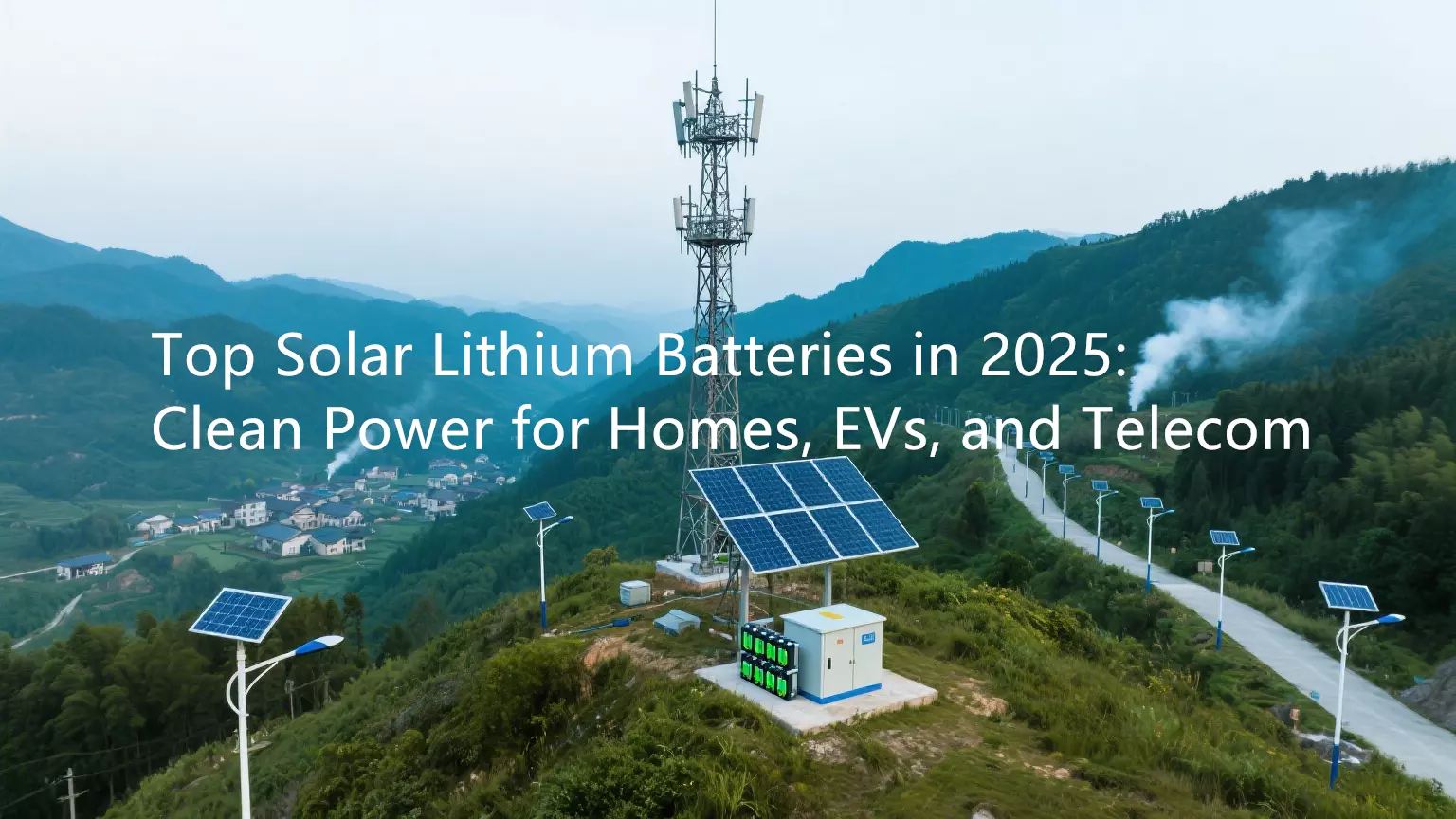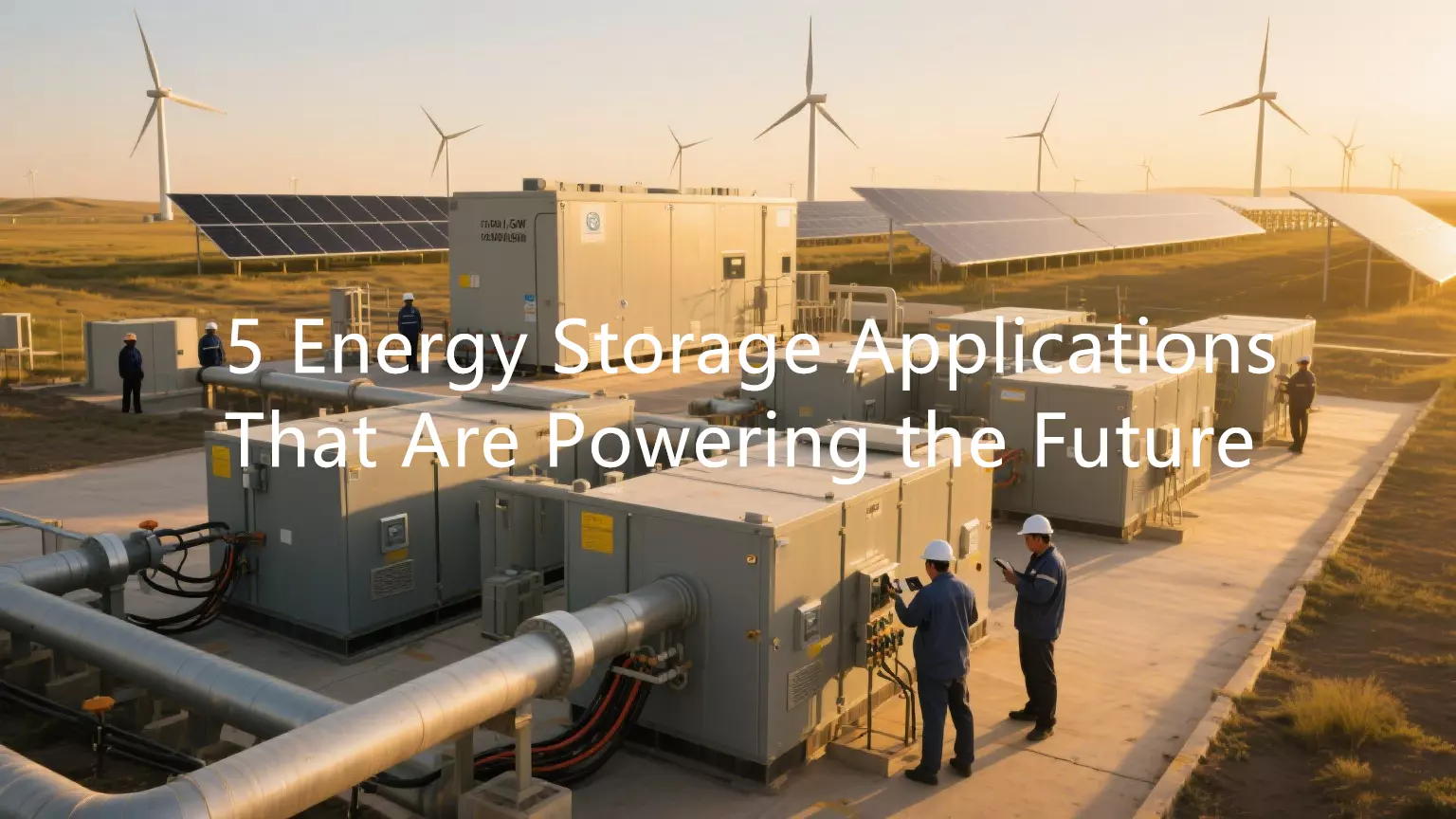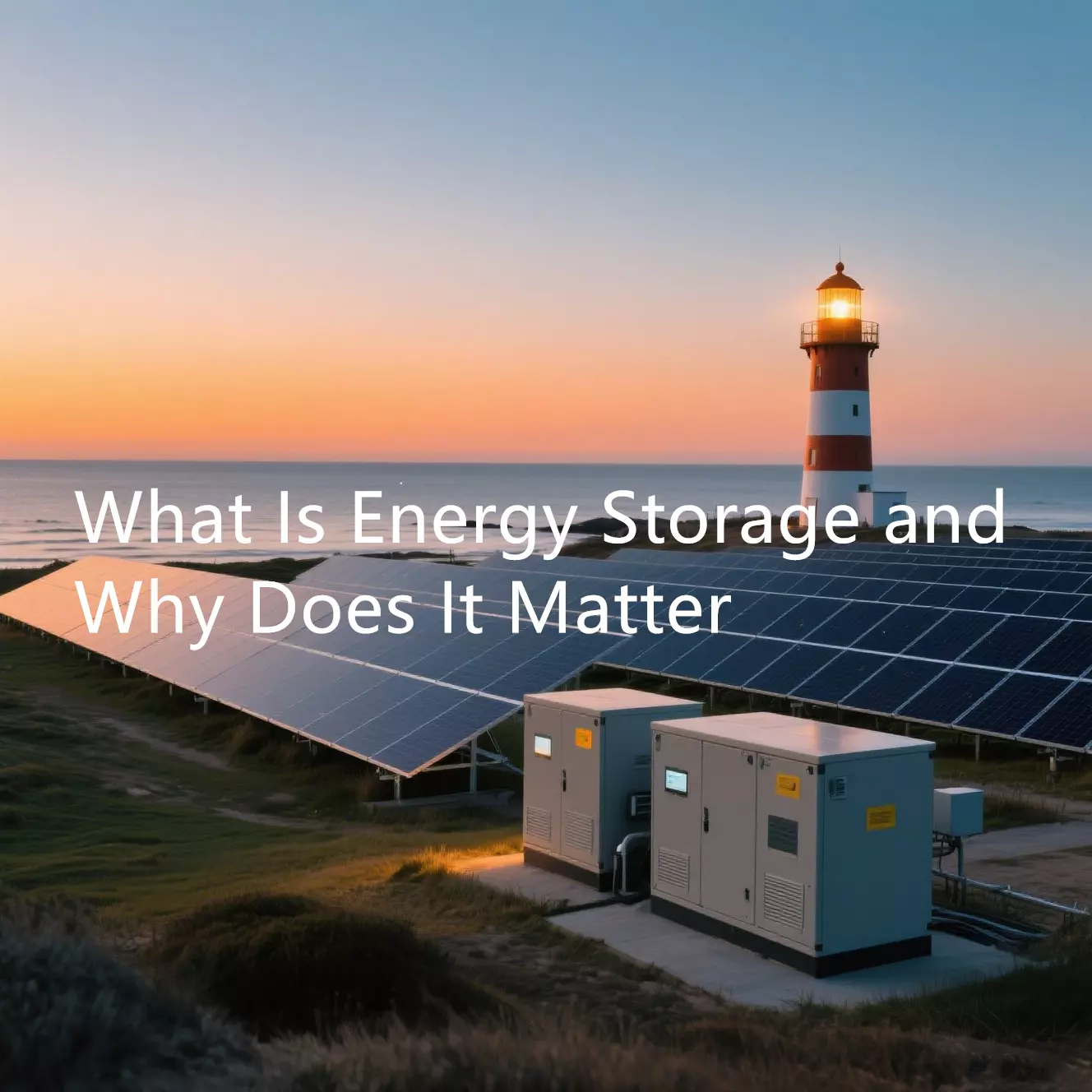As the world moves rapidly toward electrification and renewable energy integration, lithium-ion batteries have become a cornerstone of modern energy systems. However, not all lithium batteries are created equal. Two main categories—power lithium batteries and energy storage lithium batteries—are designed with distinct performance objectives in mind. Understanding their differences, connections, and overlapping technologies is essential for manufacturers, integrators, and energy professionals.
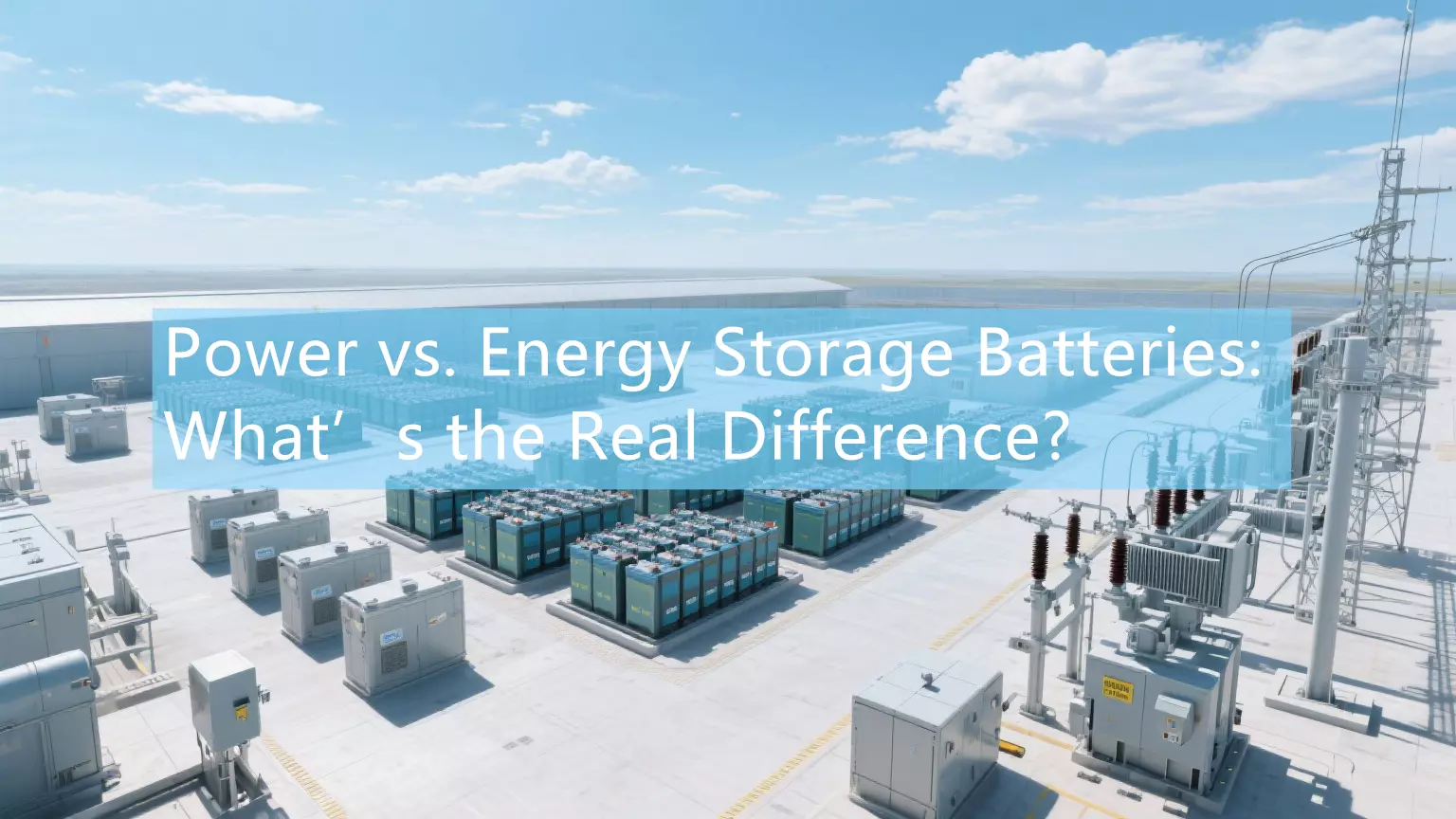
1. Shared Lithium-Ion Foundation, Diverging Goals
At the chemical level, both power and energy storage lithium batteries commonly use lithium iron phosphate (LFP) or nickel manganese cobalt (NMC) as cathode materials, blended with graphite anodes. Their working principle—shuttling lithium ions between electrodes during charge/discharge—is essentially the same.
- Power lithium batteries: Designed for mobility, where high power output, fast charge/discharge, and lightweight design are vital.
- Energy storage lithium batteries: Focus on capacity, cycle life, and long-duration, low-rate electricity output—ideal for stationary use.
2. Performance and Application Differences
| Feature | Power Lithium Battery | Energy Storage Lithium Battery |
|---|---|---|
| Primary Use | Electric vehicles, e-bikes, power tools | Solar storage, microgrids, grid support |
| Power Density | High – for rapid acceleration | Moderate – stable, long output |
| Energy Density | Higher – to reduce size and weight in EVs | Moderate – size is less critical |
| Cycle Life | ~1,000–2,000 cycles | ~4,000–6,000+ cycles |
| Charge/Discharge Rate | Fast (1C or higher) | Slow to moderate (0.5C or lower) |
| Cost Focus | \$/kWh vs. combustion engines | \$/cycle vs. fossil peaker plants |
| Environment | Dynamic – vibration, temperature swings | Controlled – long-duration cycling |
3. Battery Management System (BMS): Different Priorities
Both systems require advanced Battery Management Systems (BMS), but their roles differ:
- Power battery BMS: Must respond in real time to rapid load changes, manage high current (often 300A+), and ensure accurate state-of-charge (SOC) estimation to support vehicle range prediction.
- Energy storage BMS: Emphasizes longevity, thermal safety, and cell balancing. Often integrates with energy management systems (EMS) or grid communication protocols.
4. Second-Life Synergy and Technology Overlap
The two battery types are increasingly interconnected:
- Second-Life Batteries: After 6–8 years in EVs, batteries retain ~70–80% capacity and can be reused in stationary storage.
- Chemistry Convergence: LFP is gaining traction in both sectors due to safety and cycle longevity.
- Manufacturing Synergies: Gigafactories are producing flexible battery cells adaptable for EV or ESS use, improving supply chain efficiency.
5. Use Case Comparison: Real-World Scenarios
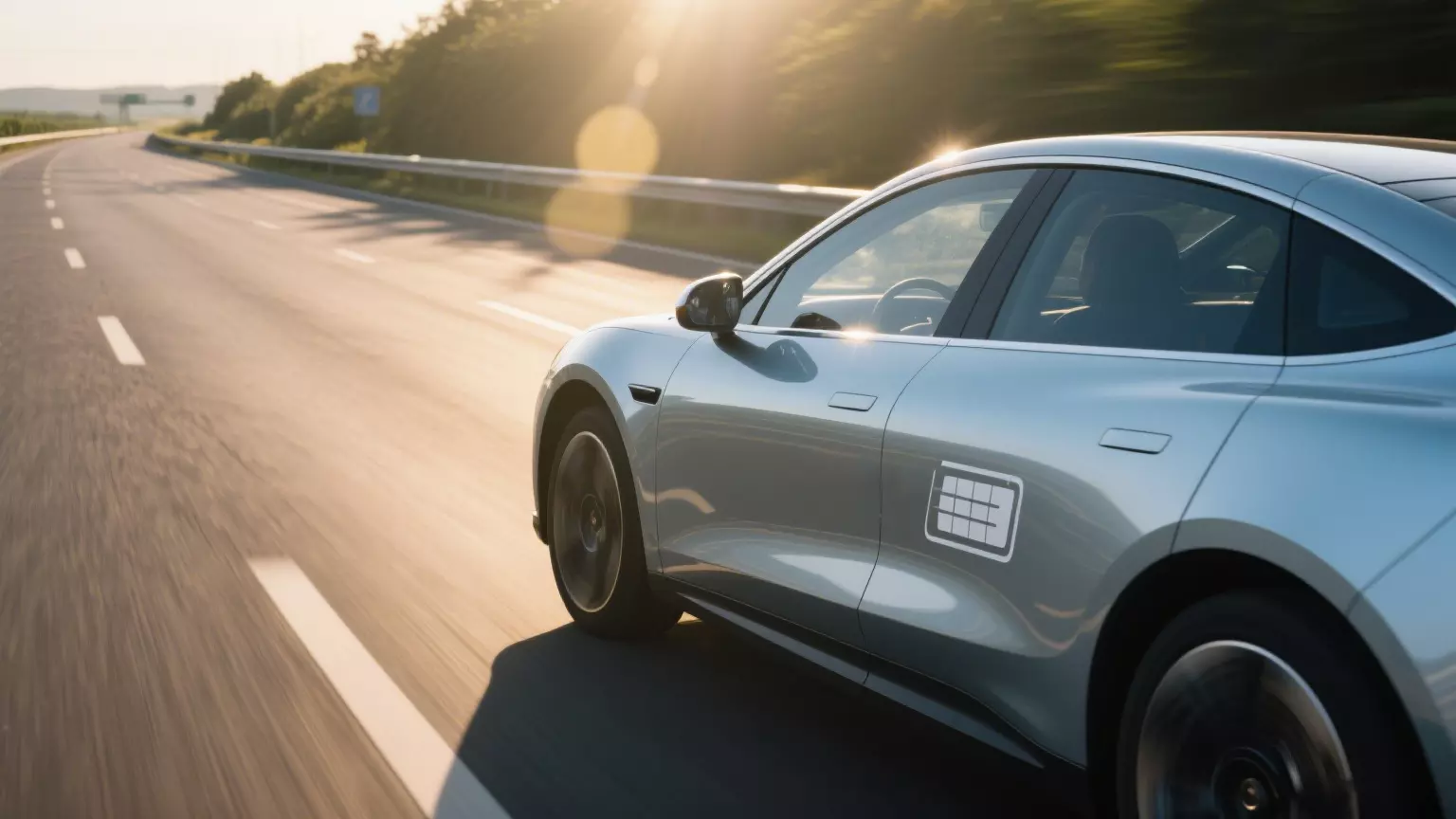
Power Lithium Battery Example: A Tesla Model 3 uses a high-power NMC battery capable of rapid acceleration and fast charging. It endures vibration, wide temperature swings, and high C-rates.
Energy Storage Battery Example: A residential solar system with a 10kWh LFP battery stores daytime energy and supplies it at night. The system may cycle daily for over 10 years.
6. Market Trends and Future Outlook
The market for both battery types is expanding rapidly:
- In 2022, China shipped over 135 GWh of energy storage batteries—a 172% YoY increase.
- EV sales in China expected to surpass 9 million units in 2023.
Emerging Trends:
- Vehicle-to-Grid (V2G): EVs providing energy back to the grid.
- Hybrid Systems: Combining mobile and stationary storage for energy flexibility.
- Advanced BMS: Modular software for unified control across applications.
7. Choosing the Right Battery Technology
Match technology to application:
- Choose power lithium batteries for mobile, high-power applications.
- Choose energy storage batteries for long-duration, high-cycle stationary systems.
- Consider second-life batteries for cost-effective moderate usage.
Conclusion: Two Paths Toward a Sustainable Energy Future
Power and energy storage lithium batteries play distinct but complementary roles in a clean energy future. Power batteries drive electric mobility, while storage batteries ensure renewable reliability. Together, they are reshaping energy infrastructure toward resilience and sustainability.



